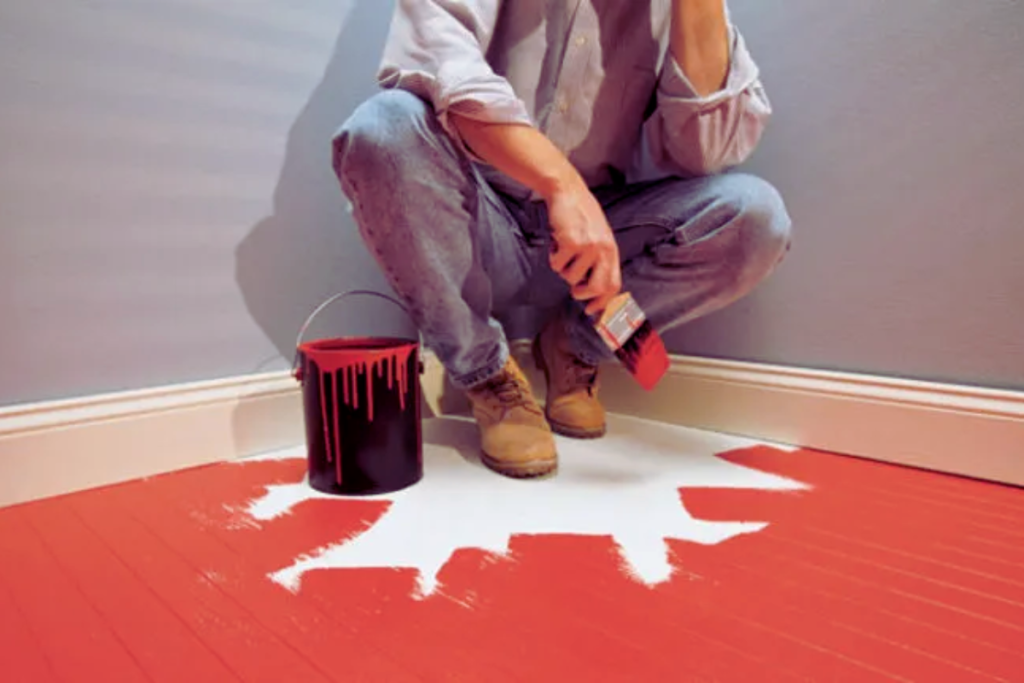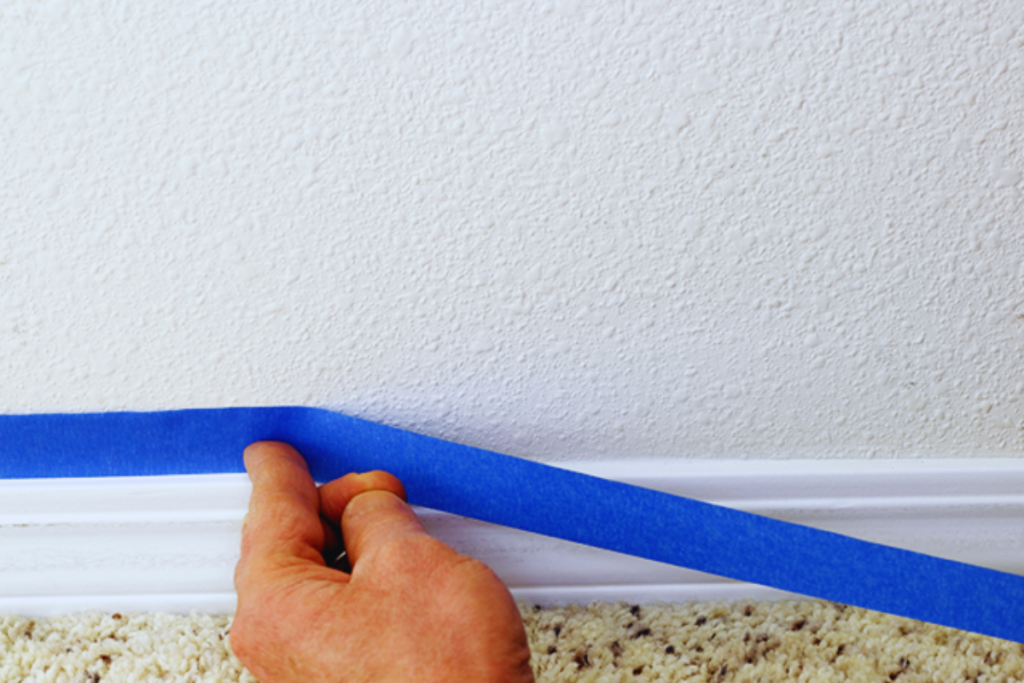Advertorial
Refreshing your walls can be an enjoyable and satisfying experience—but without a clear plan, it can easily become messy, expensive, and overwhelming.
BUY NOW– Bright Style Wall Art Set
Top 10 Wall Painting Mistakes People Often Make
Even small painting errors can ruin the final look. Common pitfalls include skipping surface prep (like cleaning and sanding), neglecting primer, choosing incorrect paint types, or using poor-quality rollers and brushes. Applying uneven coats, ignoring painter’s tape, painting in dim lighting, or working in the wrong order (always start with ceilings!) can all backfire. Not allowing adequate drying time between coats is another major mistake. This guide helps you avoid these errors so you save both effort and money.
2. 6 Easy DIY Tricks to Paint Like a Pro

You don’t need a professional painter to get flawless results. Begin by using high-quality painter’s tape for sharp, clean lines. Apply paint in a “W” pattern with a roller for even coverage. Always “cut in” (edge work) before rolling large areas. Keep your brush slightly damp to prevent drag lines. Combine all paint cans before use (known as boxing) to ensure color consistency. And above all, prep your walls—clean, sand, and prime. These small steps go a long way in making your paint job look professional.
3. How to Start Painting Your Walls the Right Way
Begin by preparing the room—shift furniture, cover the floors, and clean the walls thoroughly. If the ceiling needs painting, start there. Next, “cut in” around the edges, corners, and baseboards using a brush. Then use a roller to paint larger areas, always moving from top to bottom. Leave the trim for last. This step-by-step flow keeps your paint job clean and avoids rework.
Buy Now – Paint Tray and Rollers Mini KIT
4. I Tested a DIY Blog’s Advice for My Wall Painting

Curious, I tried a DIY blog’s advice that suggested replacing painter’s tape with a wet sponge. While it worked okay on smooth, straight edges, it was a disaster on textured walls. Another suggestion was skipping primer on light-colored walls—but the paint peeled soon after. The takeaway? Not all DIY tips work in every scenario. Test things first instead of risking your entire project on one blog hack.
5. A Beginner’s Guide to Easy Wall Painting
Wall painting becomes a breeze when you follow the basics. Select the right paint finish (like matte or satin) depending on the room. Prep thoroughly by cleaning, sanding, and priming the walls. Use painter’s tape to mask off edges. Start with corners and edges, then use a roller in a “W” or “M” motion to fill the rest. Let the first coat dry completely before applying another. With a little prep, the right tools, and patience, anyone can achieve great results—even on their first try.
Disclaimer:
The information provided in this blog is for general guidance and informational purposes only. While we strive to offer helpful tips and DIY suggestions, results may vary based on individual skill level, wall conditions, materials used, and environmental factors. Always test techniques and products in a small area before full application. We are not responsible for any damages, injuries, or unsatisfactory results that may arise from following the advice shared. Consult a professional if you are unsure about any step or if your project involves specialized surfaces or materials.


![1[1]](https://aigmediax.com/wp-content/uploads/2025/05/11-2-1068x712.png)

